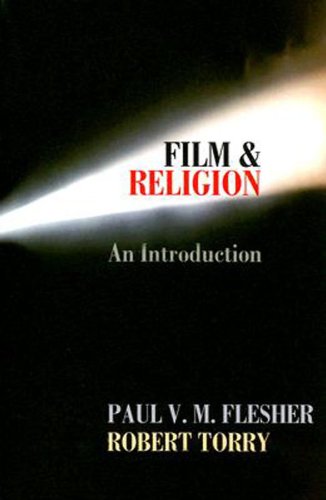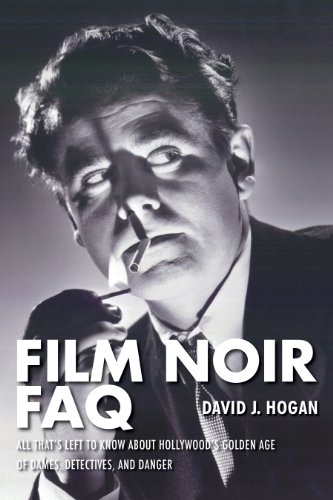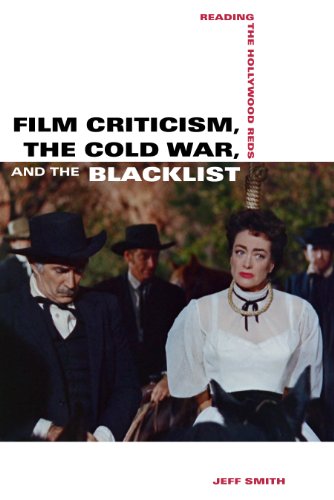
By Sabine Hake
From the past due Nineteen Thirties to the early twenty-first century, ecu and American filmmakers have displayed a permanent fascination with Nazi leaders, rituals, and emblems, making rankings of flicks from Confessions of a Nazi Spy (1939) and Watch at the Rhine (1943) via Des Teufels General (The Devil’s General, 1955) and Pasqualino settebellezze (Seven Beauties, 1975), as much as Der Untergang (Downfall, 2004), Inglourious Basterds (2009), and beyond.
Probing the emotional resources and results of this fascination, Sabine Hake appears to be like on the ancient courting among movie and fascism and its far-reaching implications for mass tradition, media society, and political lifestyles. In confronting the specter and spectacle of fascist energy, those motion pictures not just depict ancient figures and occasions but in addition call for emotional responses from their audiences, infusing the summary beliefs of democracy, liberalism, and pluralism with new which means and relevance.
Hake underscores her argument with a accomplished dialogue of movies, together with views on construction historical past, movie authorship, reception background, and questions of functionality, spectatorship, and intertextuality. Chapters concentrate on the Hollywood anti-Nazi motion pictures of the Forties, the West German anti-Nazi motion pictures of the Nineteen Fifties, the East German anti-fascist movies of the Nineteen Sixties, the Italian “Naziploitation” motion pictures of the Nineteen Seventies, and matters concerning fascist aesthetics, the ethics of resistance, and questions of historicization in motion pictures of the 1980s–2000s from the U.S. and various ecu countries.
Read Online or Download Screen Nazis: Cinema, History, and Democracy (Wisconsin Film Studies) PDF
Similar film & video art books
Film & Religion: An Introduction - download pdf or read online
How major-release movies use faith to inform tales and produce messages concentrating on American major-release motion pictures given that global struggle II, the authors convey how motion pictures use spiritual imagery, characters, and symbolism from basically Christian, but additionally, Buddhist, Hindu, Jewish, and Islamic traditions. perfect for school room use, each one bankruptcy analyzes major contextual concerns throughout the lens of choose movies.
New PDF release: Film Noir FAQ: All That's Left to Know About Hollywood's
(FAQ). movie Noir FAQ celebrates and reappraises a few two hundred noir thrillers representing two decades of Hollywood's Golden Age. Noir pulls us with regards to brutal law enforcement officials and scheming dames, determined heist males and hardboiled inner most eyes, and the unfortunate blameless voters that get of their method. those are fascinating video clips with tricky men in trench coats and scorching tomatoes in form-fitting robes.
Download e-book for iPad: Cold War Rivalry and the Perception of the American West by P. Goral
This ebook demonstrates how the 2 adversaries of the chilly battle, West Germany and East Germany, endeavored to create specified and precise German identities. of their pastime to assert legitimacy, the German cinematic illustration of the yankee West turned an incredible cultural weapon of mass dissemination in the course of the chilly struggle.
Download e-book for iPad: Film Criticism, the Cold War, and the Blacklist: Reading the by Jeff Smith
Movie feedback, the chilly warfare, and the Blacklist examines the long term reception of numerous key American motion pictures published in the course of the postwar interval, targeting the 2 major serious lenses utilized in the translation of those motion pictures: propaganda and allegory. Produced in accordance with the hearings held through the home Committee on Un-American actions (HUAC) that ended in the Hollywood blacklist, those movies’ ideological message and rhetorical effectiveness used to be usually muddled through the inherent problems in dramatizing villains outlined by way of their options and trust structures instead of their activities.
- A Little Solitaire: John Frankenheimer and American Film
- Animation (21st Century Skills Innovation Library: Innovation in Entertainment)
- You're Not Dead Until You're Forgotten: A Memoir
- Grindhouse Nostalgia
Extra info for Screen Nazis: Cinema, History, and Democracy (Wisconsin Film Studies)
Sample text
Screen Nazis: Cinema, History, and Democracy (Wisconsin Film Studies) by Sabine Hake
by David
4.2



